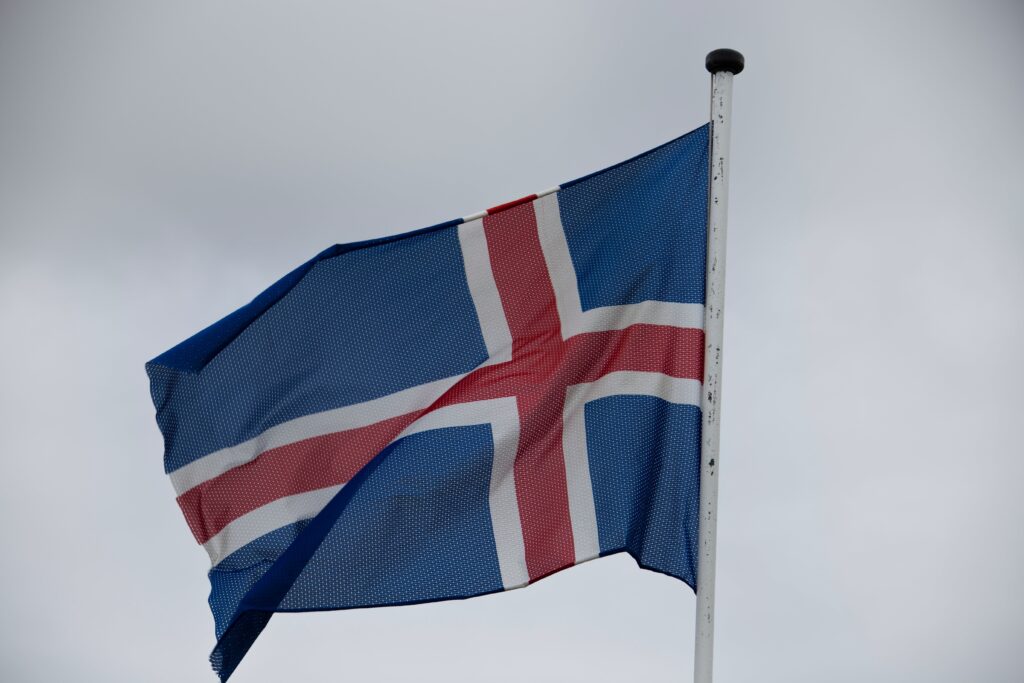In the annals of financial history, Iceland’s economic collapse of 2008 stands as a cautionary tale—a vivid reminder of the fragility that underlies even the most robust financial systems. Once hailed as an economic miracle, Iceland experienced a spectacular downfall when its banking giants crumbled under the weight of their own ambitions. The repercussions of this collapse echoed far beyond the island nation, leaving behind a trail of lessons for the global financial community.
Iceland’s rise to economic prominence in the early 21st century was nothing short of remarkable. Fueled by a potent blend of financial innovation, aggressive lending practices, and an apparent invincibility mindset, the country’s banking sector swelled to disproportionate proportions. Glitnir, Kaupthing, and Landsbanki, collectively known as the “Big Three,” grew to such a scale that their assets dwarfed Iceland’s GDP. The tiny island nation found itself at the epicenter of a financial storm of its own making.
One of the critical lessons emerging from Iceland’s fall is the perilous nature of unchecked financial exuberance. The banks, drunk on their own success, engaged in risky lending practices that would prove unsustainable. Massive loans were extended without adequate scrutiny, often to individuals and businesses with dubious creditworthiness. The pursuit of short-term gains blinded the financial titans to the long-term consequences of their actions. The fallout from this reckless lending strategy was nothing short of catastrophic when the global financial crisis hit in 2008.
The interconnectedness of the global financial system meant that Iceland’s problems were not contained within its borders. The collapse of the country’s banks had a ripple effect, sending shockwaves through international markets. Investors, who had once seen Iceland as a beacon of financial ingenuity, now scrambled to mitigate their losses. The episode underscored the importance of prudent risk management and the need for financial institutions to consider the broader implications of their actions on the global stage.
Another facet of Iceland’s downfall worth examining is the role of regulatory oversight—or rather, the lack thereof. The country’s financial watchdogs failed to rein in the excesses of the banking giants, perhaps lulled into complacency by the illusion of perpetual prosperity. The absence of effective checks and balances allowed the financial titans to operate with a dangerous degree of autonomy, contributing to the eventual collapse. This failure in regulatory governance serves as a stark reminder that even in the most advanced economies, robust oversight is essential to prevent systemic vulnerabilities from spiraling out of control.
In the aftermath of the crisis, Iceland took bold and unconventional steps to stabilize its economy. Rather than bailing out the failing banks, the government allowed them to collapse, wiping out shareholders and dividing the assets among new, smaller banks. This approach, while initially met with skepticism, proved to be a decisive move. The country’s economy slowly but steadily recovered, proving that a swift and resolute response can pave the way for a more sustainable future.
Iceland’s journey from economic powerhouse to the brink of collapse and subsequent recovery offers a trove of lessons for policymakers, financial institutions, and investors alike. It highlights the dangers of unchecked financial exuberance, the critical importance of regulatory oversight, and the need for decisive action in times of crisis. The fall of the titans in Iceland serves as a stark reminder that even the mightiest can crumble when the foundations are weakened—a lesson that should echo in the corridors of global finance for years to come.





